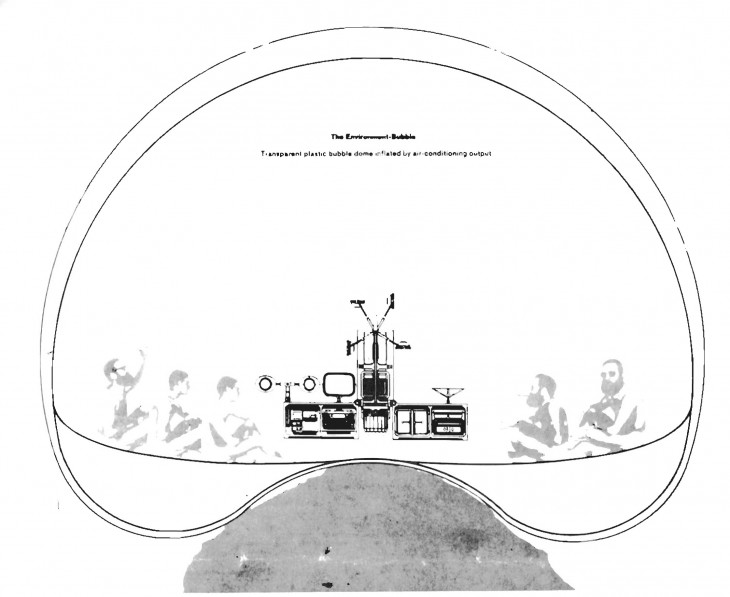Architecture, from modernity onwards, has ignored nature’s genius. Is it wrong, is it right? Many can debate this theme in terms of technological advancement that lets us overcome the issues brought by designing regardless of what surround us yet, in my opinion, nature has to be brought back.
As seen in class there are several ways to bring nature into architecture; positional, metaphorical, atmospherically, intangible, disturbed, and environmental. All of them valid yet, it depends on the depth and manner that this relationships are brought that matters. To shallow a relationship and becomes only decorative, too deep the relationship and the users comfort might be compromised.
The clearest examples to explain this are probably Fujimotos’ and Phillip Rahm’s approach. Fujimoto relates to nature in a metaphorical way. He takes from nature the quality of it spaces and the possibilities it brings. In “Primitive Future” he brings forth the idea of a gradient applied to different situations; functions, limits, and special relationships. Spaces with no clear function that can be explored by the user to use as he/she pleases as would be on a cave, the blurring of a limit or envelope of a building so the boundary gets erased and becomes a gradual change, and the way trees relate to one another as a metaphor to what the city and the house should be.
In terms of Phillip Rahm’s ideas, it is more of an environmental relationship regarding energy. He brings forth the idea of a “form follows climate” approach to architecture where the local climate conditions shape the building and it’s energy performance. In this case the relationship is more technical in a sense as well as a proposition to a new way of developing floor plans regarding the different sub-climates that happen in a space. This new idea of how to use a space strongly relates to Fujimoto’s idea of a functionless space, since sub-climates are changing all the time and can’t be used in the same way all year long.
This ideas are supported as well by Toyo Ito in “Demolishing Generation” where he speaks of how modernity forgot about nature and how a change is needed. It evident that there was a change made since it can be clearly seen in “The Habitats of Saint Jerome” by Alisson Smithson that the ration between nature and built environment was intertwined since the times of the renaissance.
This change of attitude is becoming a trending topic in architecture so it is possible to assume that change is being made by this generation. Still the debate between technological and vernacular approach to it is still in the air. The outcome of it I believe will be another gradient as Fujimoto’s, a palette of grays where both meet in between.
It would be interesting to research upon the solutions as in how “functionless spaces” have been designed and how people actually use them. A photographical study of how different people inhabit them and see if a pattern stands out or if it is a random distribution based on the subject’s personality.

